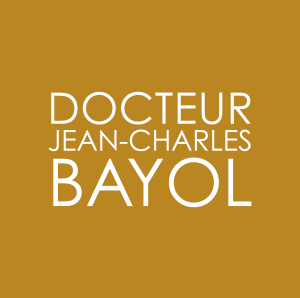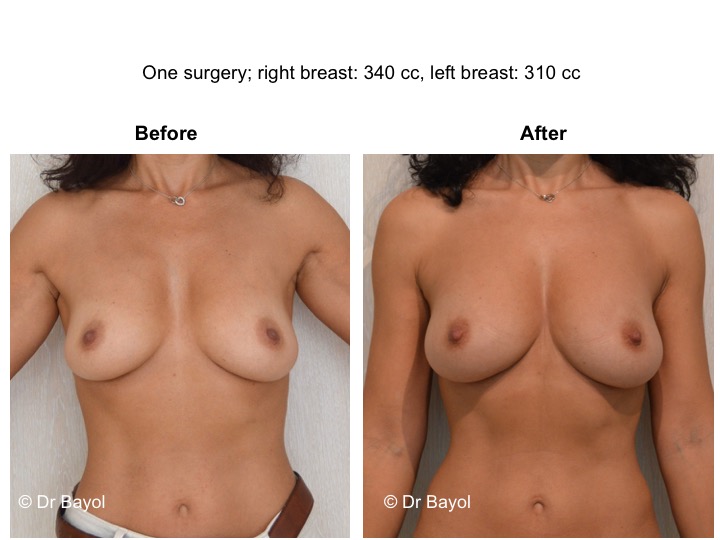BREAST LIPOFILLING AND FAT GRAFTING
A revolutionary technique that allows a breast enlargement without resorting to the placement of an implant. The breasts lipofilling involves removing the excess fat located on the patient (hips, buttocks, abdomen) and injecting it in the chest. This is an effective and natural method which enables to address two issues simultaneously.
> all about BREAST LIPOFILLING AND FAT GRAFTING <
DEFINITION AND OBJECTIVE OF COSMETIC SURGERY FOR BREAST AUGMENTATION WITHOUT IMPLANTS BY LIPOSTRUCTURING, LIPOFILLING OR ADIPOCYTAR GRAFT IN MONTREUX, LAUSANNE AND GENEVA (SWITZERLAND)
Mammary hypotrophy can be constitutional (from adolescence) or secondary to or pregnancy or an important weight loss. It can sometimes be associated with breast sagging (mammary ptosis).
The treatment requires an augmentation of the breast volume with implants. When there is an associated breast ptosis, a breast lift (or mastopexy or breast ptosis treatment) can complete the implant installation.
A new technique allows an increase of the breast volume without implants in Switzerland. It is the autologous graft of fat tissue, which is still called lipostructuring, lipomodeling or lipofilling. This new technique has proven effective but must be done by a good cosmetic surgeon who has been trained at it properly.
Breast lipofilling does not interfere with the radiological interpretation of a mammogram or an ultrasound made by an experienced radiologist.
Until today, no scientific study has shown that breast lipostructuring favored the occurrence of breast cancer. However, it cannot prevent the occurrence of cancer if it should occur.
To minimize the coincidence between the onset of a cancer and lipomodeling, each patient should:
– Make a radiological assessment before the procedure: mammography and / or mammary ultrasound.
– Make a radiological assessment after the procedure (between 6 months and a year after surgery).
– Be regularly followed after the procedure by a cosmetic surgeon (as for any surgery).
It should be remembered that not all breast augmentation can be performed with this new method, and that breast implants are still a valid method:
– The autologous fat tissue graft is intended for patients who want a natural and moderate volume increase. The patient should also have some reserves of fat tissue to be removed.
– The breast implants are for patients who want a greater volume increase.
The two main advantages of breast lipofilling are:
– An natural but moderate increase of the breast volume without the installation of a foreign body.
– A liposuction treatment of the patient’s fat overloads.


































